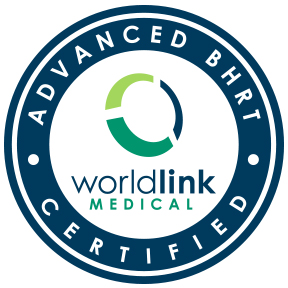Vitamin E is an antioxidant that protects cell membranes and other fat-soluble compounds from oxidative damage by free radicals. For example, the oxidative damage to LDL-cholesterol appears to lead to the deposition of cholesterol in the arterial wall leading to atherosclerotic disease. In the past few years many other functions of vitamin E have been clarified. Alpha-tocopherol has direct effect on the control of inflammation, red and white blood cell production, connective tissue growth and genetic control of cell division. Vitamin E acts to reduce free radical damage by converting arachidonic acid free radicals to less harmful derivatives, limiting formation of proinflammatory cytokines. In deficiencies of vitamin E, arachonidonic acid is converted to proinflammatory leukotriences and cytokines. In neutralizing free radicals, vitamin E is oxidized to a free radical. Conversion back to the reduced form occurs by reaction with vitamin C (ascorbate).
Deficiency Symptoms:
The principle use of vitamin E is as an antioxidant in the protection against heart disease, cancer, stroke and neurodegenerative disease (Alzheimer’s). In addition, alpha-tocopherol supplementation is useful in treating other cardiovascular diseases, diabetes, fibrocystic breast disease, menopause symptoms and tardive dyskinesia. It may also have applications in Parkinson’s Disease and arthritis. Vitamin E is important to immune function, protecting thymic function and white blood cells from oxidative stress.
Symptoms of vitamin E deficiency include nerve damage, muscle weakness, poor coordination, involuntary eye movements, red blood cell fragility, anemia and retrolental fibroplasia (eye disease). Lower levels of vitamin E can also be seen in people suffering from diabetic neuropathy. Research has shown that supplementing with vitamin E alone can improve peripheral neuropathy symptoms (1) and improve nerve function and health in those with type 2 diabetes.
Food Sources (in the form of vitamin E as alpha-tocopherol):
Wheat germ, 1 tbsp, 20.3 mg
Tomato sauce, 1 cup, 3.5 mg
Cod liver oil, 1 tbsp, 20.1 mg
Peanut butter, 2 tbsp, 3.2 mg
Sunflower seeds, 1 oz, 7.4 mg
Dried apricots, 1/2 cup, 2.8 mg
Almonds, 1 oz, 7.3 mg
Avocado, 1 whole, 2.7 mg
Hazelnuts, 1 oz, 4.3 mg
Olive oil, 1 tbsp, 1.9 mg
Repletion Information:
Vitamin E is available in many different formulations, either natural or synthetic. Natural forms of vitamin E are designated d-a, as in delta-alpha-tocopherol. Beta-tocopherol, gamma-tocopherol and the alpha- and delta- tocotretinols have less than 50% of the biological activity than delta-alpha-tocopherol.
The amount of vitamin E required is dependent upon the amount of polyunsaturated fat in the diet. The more polyunsaturated fat in the diet, the greater the risk for oxidative damage, and the vitamin E requirements is increased. Most studies have utilized doses between 200-400 IU per day. Some studies report effective use of vitamin E at doses up to 3000 IU per day without observed side effects over a two-year period.







